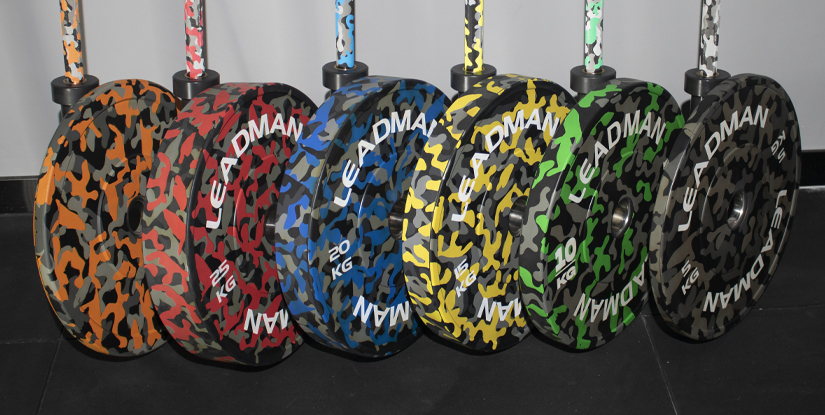Supinated Lat Pull Down: Technique, Benefits & Variations

Supinated Lat Pull Down: Overview
The supinated lat pull down, commonly called the underhand lat pulldown, is a compound upper-body exercise performed on a cable machine. Using a supinated (underhand) grip shifts loading and recruitment patterns to emphasize the lower latissimus dorsi and the biceps brachii while still engaging the middle back, rhomboids, and posterior deltoids. Executed with controlled tempo and strict posture, it is an effective movement for developing back thickness, improving pulling strength, and enhancing upper-body aesthetics.
Primary Muscles Targeted
- Latissimus dorsi (lower fibers)
- Biceps brachii (short and long heads)
- Middle trapezius and rhomboids (scapular retraction)
- Rear deltoids and teres major (synergists)
- Erector spinae (isometric stabilization)
Step-by-Step Technique
- Set the machine: Adjust the thigh pad so the hips are secured and select an appropriate weight.
- Grip: Use a shoulder-width to slightly narrower than shoulder-width underhand (supinated) grip on the bar.
- Starting position: Sit upright with a neutral spine, chest up, shoulder blades slightly depressed but not protracted.
- Execution: Initiate the pull by driving the elbows down and back, leading with the elbows rather than the hands. Pull the bar to the upper chest or just below the chin depending on mobility.
- Peak contraction: Squeeze the shoulder blades together and hold briefly at full contraction for 0.5–1 second.
- Return: Slowly allow the arms to extend under control until the lats are fully stretched but the shoulder joint remains supported.
- Breathing: Exhale during the concentric (pull) phase and inhale during the eccentric (release) phase.
Training Benefits
- Increased lower-lat activation compared with pronated grips, which can enhance the V-taper appearance.
- Greater biceps involvement, useful for trainees seeking integrated arm development.
- Improved pulling strength applicable to rows, pull-ups, and functional tasks.
- Versatility—can be scaled for strength, hypertrophy, or rehabilitation purposes.
Programming Recommendations
Choose load and volume according to training goals. For hypertrophy, use 6–12 reps per set with 2–4 sets, focusing on tempo and full range of motion. For strength, perform 3–6 reps with heavier loads and longer rest intervals. For muscular endurance or technique work, consider 12–20 reps with lighter loads. Supervise progressive overload through incremental weight increases, improved tempo control, or added sets.
Common Errors and Corrections
- Using momentum: Correct by reducing weight and emphasizing slow eccentrics to maintain tension on the lats.
- Rounding the thoracic spine: Keep chest up and scapulae retracted to protect the spine and maximize lat engagement.
- Leading with the hands: Focus on elbow drive to recruit the lats rather than allowing the biceps to dominate the movement.
- Partial range: Ensure full stretch at top and full contraction at bottom to optimize hypertrophic stimulus.
Variations and Progressions
- Narrow supinated grip: Increases biceps emphasis and lower lat tension.
- Wide underhand grip: Slightly reduces elbow flexion but increases lat stretch.
- Single-arm cable pulldown: Addresses side-to-side imbalances and enhances unilateral control.
- Weighted eccentric: Use a heavier concentric assist or partner help then control the slow eccentric portion to stimulate strength gains.
- Assisted pull-ups to unassisted pull-ups progression: Use this exercise to build the strength needed for vertical pulling variations.
Safety and Modifications
Individuals with shoulder impingement or biceps tendon issues should approach the supinated lat pull down cautiously. Reduce range of motion, use a neutral-grip handle, or substitute with high rows if pain persists. Maintain scapular control and avoid excessive downward force that can stress the shoulder girdle. For beginners, practice with lighter resistance and prioritize technique over load.
Equipment and Setup Tips
- Use a long straight bar or a cambered bar to adjust wrist comfort.
- Secure the thighs under the pad to prevent posterior pelvic tilt and torso leverage.
- Mirror or coach feedback helps ensure vertical torso alignment and correct scapular movement.
Measuring Progress
Track progressive overload by logging achievable repetitions at given weights, controlling eccentric tempo, and noting improvements in full-range repetitions. Also monitor carryover to compound pulling movements such as bent-over rows and pull-ups.
FAQs
- Q: Is supinated better than pronated? A: It emphasizes lower lats and biceps but neither is universally better; both have unique benefits.
- Q: How often should I train it? A: 1–3 times weekly depending on overall program volume and recovery.
- Q: Can it replace pull-ups? A: It complements pull-ups; use it for targeted strength or when pull-ups are inaccessible.
- Q: Optimal rep range? A: 6–12 for hypertrophy, 3–6 for strength, 12+ for endurance or technique work.
- Q: Shoulder pain during the exercise? A: Reduce range, switch to neutral grip, or consult a clinician if pain persists.
- Q: Should elbows flare? A: No—drive elbows down and back to maximize lat recruitment and protect shoulders.
- Q: Can beginners perform it? A: Yes, with light weight and focus on form; supervised coaching is beneficial.
- Q: Breathing pattern? A: Exhale on the pull, inhale on the release for consistent intra-abdominal pressure control.
- Q: Effect on biceps size? A: It increases biceps involvement, contributing to arm development when programmed properly.

